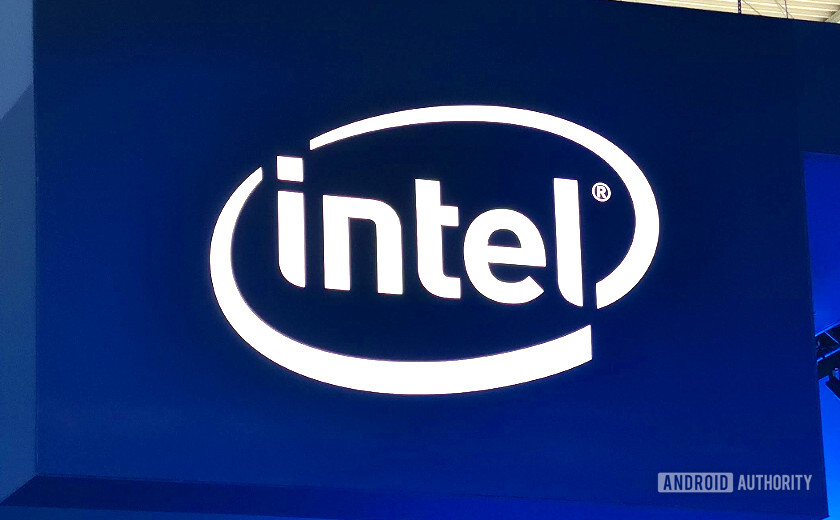
With the fanfare of MWC 2019 behind us, we can now take a step back and look at this year’s hot topic at the show — the race to 5G. As far as smartphones are concerned, Qualcomm appears to be well ahead of the curve. The company had a number of 5G partner devices on display at the Barcelona event and will be powering the first wave of 5G handsets scheduled to appear in the coming months.
You might even argue that the company is already moving to corner the market. Between its domination of the mobile SoC market, external and upcoming integrated 5G modems, and new offerings in the radio front end space, the company is now a one-stop shop for building a 5G smartphone.
Qualcomm isn’t just targeting the smartphone market though, it’s planning a breakout into the 5G automotive, connected laptop, and small cell markets too.
Despite the early lead, Qualcomm isn’t the only game in town when it comes to 5G chipsets and hardware. Samsung, Huawei, and others already have their own 5G modems ready to power devices, and a number of other big names are gearing up for their own 2020 launches.
There’s still plenty to play for.
Samsung and Huawei 5G modems

Samsung and Huawei have both announced 4G/5G multi-mode modems — the Exynos Modem 5100 and Balong 5000 respectively. These announcements actually came ahead of Qualcomm’s Snapdragon X55 modem, but the aim is the same. All three of these companies have products that offer 2G, 3G, 4G, and 5G capabilities in a single package. Importantly, versions of these modems will likely appear inside smartphone SoCs in 2020, offering more power efficient integrated solutions for next year’s 5G handsets.
There are some differences between these modems though. The Exynos Modem 5100 is built on a 10nm processing node. Samsung claims peak data speeds of 2Gbps using sub-6Ghz spectrum and 6Gbps via mmWave spectrum. For comparison, the Snapdragon X55 caps out at 7Gbps download and up to 3Gbps upload.
Huawei’s Balong 5000 is mighty fast too. At sub-6GHz the chip can hit 4.6Gbps download and 2.5Gbps upload. Using mmWave speeds peak at 6.5Gbps download and 3.5Gbps upload, and aggregating with LTE data steams extends speeds up to a massive 7.5Gbps download. Although outside of the lab we’ll have to accept speeds notably slower than this peak throughput. The chip is also FDD & TDD compliant, just like the X55, and supports Non-Standalone and Standalone 5G networks.
Of course, neither of these products are likely to worry Qualcomm’s smartphone modem share too much. Huawei and Samsung will, of course, use these modems inside their own smartphones, but we’ll have to see if they have much appeal in other market segments.
Those waiting until mainstream 5G in 2020

Being first earns big kudos, but there’s not a huge rush to be the first to 5G. At least not in this observer’s opinion. Few customers will have regular access to a 5G network in 2019, even in the US, and first-generation products are a little compromised when it comes to energy efficiency and performance. Releasing the right product at the right time, when mainstream consumers can actually start using 5G, could yet be a winning formula.
According to Intel’s General Manager of 5G Strategy, Rob Topol, the company is “waiting for 5G mainstream.” Intel expects products sporting its modem to appear in 2020 when consumers have a broader range of 5G services use. This has a knock-on for the first 5G iPhone, which almost certainly won’t arrive until next year. But as much as we Android enthusiasts like to rib Apple for being slow, even a late 2020 timeframe certainly won’t be missing the 5G boat.
Read more: 5G mmWave: Facts and fictions you should definitely know
Intel will be entering the market with a multi-mode chip with 2G through to 5G support. The company is also supporting the full Standalone specification along with FDD and TDD. The XMM 8160 5G can hit download speeds up to 6Gbps, which makes it a very competitive chip. The modem is compatible with phones, tablets, PC, IoT, automotive, and gateways, although we’ll have to wait and see about integrated modem SoCs. That said, Intel is doing a lot of work on the server side for 5G too. It’s not limited to consumer devices to capitalize on the 5G bandwagon.

Another big name that’s been reasonably quiet about its 5G plans is MediaTek. The company announced its M70 5G modem (pictured above) late last year and is working on a 5G 7nm chipset that should appear in phones come 2020. The chipset is SA and NSA ready and offers download capacity up to 4.7Gbps and 2.5Gbps upload. However, the company hasn’t confirmed to us whether or not the company’s next high-end SoC will feature an integrated modem or not.
A brand you may not be familiar with is UniSOC — formerly Spreadtrum Communications, based in China. The company develops a number of cost-effective smartphone SoCs for emerging markets and could turn into a major player in the market for cheaper 5G products. We spotted a HiSense 5G concept handset at MWC sporting a UniSOC UDX710 5G modem.
The UDX710 supports both SA and NSA, and is a multi-mode chip that supports 2G, 3G, 4G, and 5G data connections. The chip is to be built on TSMC’s 12nm process, which clearly suggests a cheaper target market than the 10nm and 7nm modems we’ve listed above. Most likely, this modem will end up powering a selection of 5G smartphones and other devices in China.

Ready for 2020 and 5G Standalone
You’ve probably spotted a theme throughout this article — those that aren’t planning to be first are determined to do 5G properly. The first wave of Snapdragon X50 sporting 5G handsets are somewhat compromised by their lack of multi-mode support, higher power consumption from an external modem, and lack of support for the 5G Standalone standards. Modems heading to 2020 devices support LTE and 5G in a single chip, include FDD and TDD bands for global networks, and are future-proofed for the arrival of 5G Standalone too.
Whether any of the companies above can directly take on Qualcomm’s current lead seems unlikely. The silicon giant’s growing portfolio of network products means that plenty of 5G smartphones will continue to use the company’s technology. That being said, there’s no reason that any of these other 5G modems can’t find a home in the wide range of 5G products that will be heading our way in 2020.
Up next: Here’s what every 5G phone will cost you
from Android Authority https://ift.tt/2V9ozvM
via IFTTT



0 comments:
Post a Comment